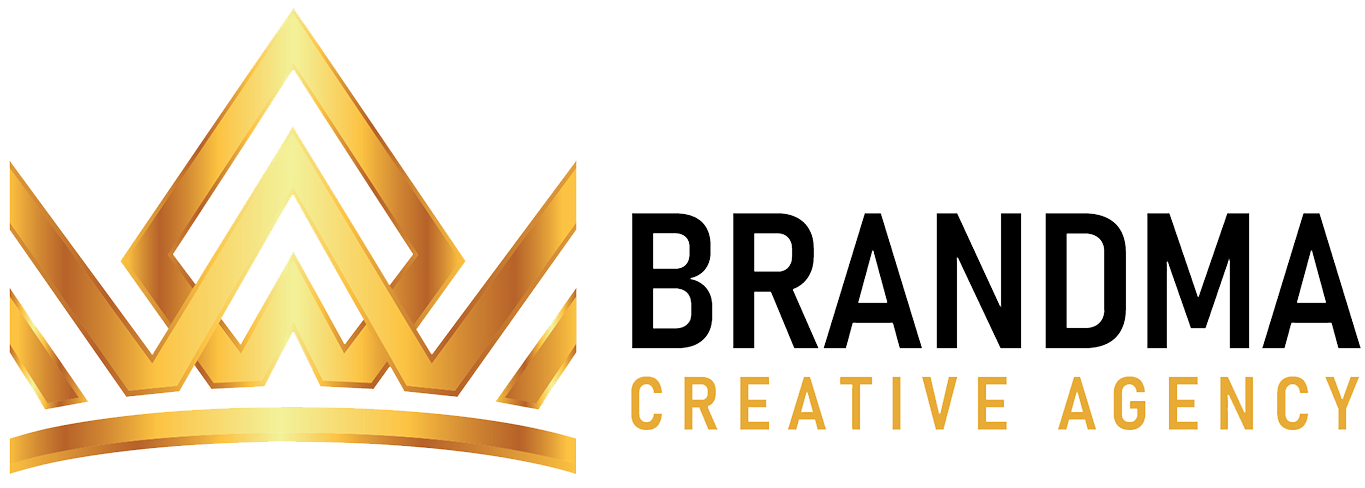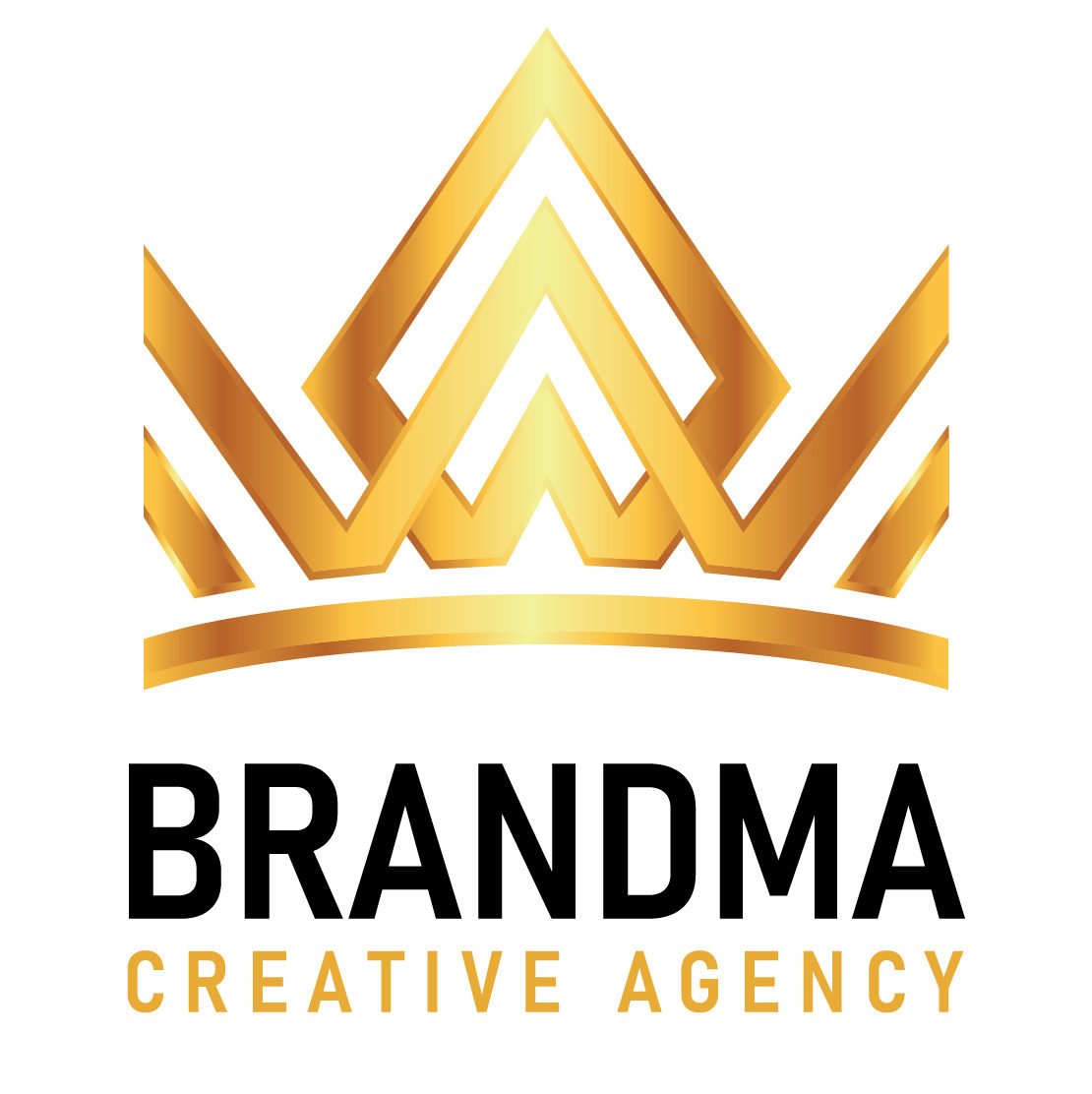The concept of brand archetypes emerges as a guiding light, offering a nuanced framework for presenting organizational values, mission and persona to the world. Let’s embark on a journey to uncover the essence of brand archetypes, their pivotal role in shaping consumer perceptions and strategies for harnessing their power to elevate brand resonance.
Deciphering Brand Archetypes
Brand archetypes serve as symbolic representations of a company’s ethos, imbuing it with a distinct personality and resonance. Rooted in the depths of human psychology, these archetypes tap into primal instincts and collective unconsciousness, evoking emotions and perceptions that transcend rationality. Within the realm of branding, 12 distinct archetypes reign supreme, each bearing its own unique set of traits and characteristics:
- The Hero: Represents courage, strength and triumph over adversity. Brands associated with the Hero archetype inspire consumers to overcome challenges and achieve their goals.
- The Creator: Symbolizes innovation, creativity and self-expression. Creator brands encourage individuality and originality, often leading the way with groundbreaking ideas and products.
- The Magician: Embodies transformation, mystique and charisma. Magician brands promise transformative experiences and evoke a sense of wonder and enchantment.
- The Lover: Evokes intimacy, passion and emotional connection. Lover brands foster deep emotional bonds with consumers, appealing to their desires and aspirations.
- The Jester: Personifies joy, spontaneity and humor. Jester brands bring levity and entertainment to consumers’ lives, making them laugh and enjoy the moment.
- The Everyman: Represents relatability, inclusivity and authenticity. Everyman brands appeal to the common person, offering products and services that resonate with everyday experiences.
- The Caregiver: Symbolizes compassion, empathy and nurturing. Caregiver brands prioritize the well-being of others, offering support and guidance in times of need.
- The Ruler: Embodies authority, control and leadership. Ruler brands exude confidence and dominance, commanding respect and admiration from their audience.
- The Innocent: Represents purity, simplicity and optimism. Innocent brands evoke feelings of nostalgia and innocence, offering a sense of comfort and reassurance.
- The Sage: Personifies wisdom, knowledge and guidance. Sage brands serve as mentors and advisors, offering insights and solutions to consumers’ problems.
- The Explorer: Symbolizes adventure, curiosity and discovery. Explorer brands encourage consumers to step outside their comfort zones and embrace new experiences.
- The Outlaw: Embodies rebellion, freedom and individualism. Outlaw brands challenge the status quo and celebrate non-conformity, appealing to consumers’ desire for autonomy and self-expression.
Evolution of Archetypal Influence
The roots of brand archetypes can be traced back to ancient philosophy, with Plato’s concept of “eidos” and later elaborated upon by Carl Jung, the pioneering Swiss psychiatrist. Jung’s exploration of the collective unconscious unveiled the existence of universal symbols and motifs that permeate human consciousness, laying the groundwork for the application of archetypes in modern branding. Over time, psychologists like Dr. Ernest Dichter recognized the potency of archetypes in marketing, harnessing their psychological constructs to cultivate brand loyalty and resonance among consumers.
Unveiling the Significance
Brand archetypes wield profound influence within the realm of business for several compelling reasons:
1. Emotional Connection: Archetypes evoke deep-seated emotions and resonate with consumers on a subconscious level, fostering profound connections that transcend mere transactions.
2. Psychological Resonance: By aligning with the right archetype, brands tap into fundamental human desires and aspirations, eliciting responses that resonate with their target audience.
3. Identity Reinforcement: Archetypes serve as a beacon of identity, guiding brand messaging and positioning across diverse channels, reinforcing a cohesive brand narrative.
4. Market Differentiation: By embodying a distinct archetype, brands carve out a unique space in the market, distinguishing themselves amidst a sea of competitors and capturing consumer attention.
Navigating the Archetypal Landscape
Choosing the appropriate brand archetype necessitates a thoughtful exploration of the brand’s essence, audience dynamics, and emotional resonance:
1. Soul Searching: Delve deep into the core values, mission and vision of your brand, unraveling its inherent essence and distinguishing characteristics.
2. Audience Analysis: Gain a comprehensive understanding of your target audience, unraveling their aspirations, preferences and emotional triggers to align with the archetype that resonates most profoundly.
3. Emotional Alignment: Craft a brand narrative that evokes the desired emotional responses in your audience, aligning seamlessly with the chosen archetype’s ethos and persona.
4. Integration and Consistency: Infuse the archetype into every facet of your brand’s identity, ensuring consistency across messaging, visuals and interactions to reinforce its resonance.
By embracing the innate power of archetypes, businesses can forge profound emotional connections, captivate consumer imagination, and carve out a distinct identity in the competitive marketplace. Unlock the alchemy of archetypes to infuse your brand with depth, resonance, and enduring significance.








